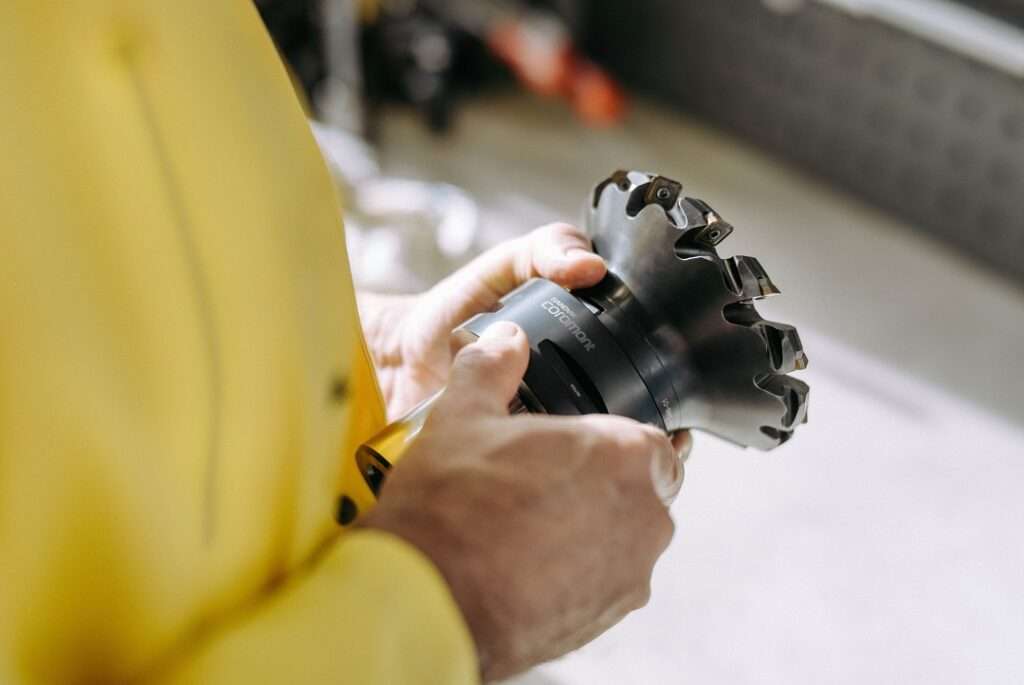The Karlsruhe Institute of Technology (KIT) researchers have devised a fully automated monitoring system of ball screw drives in machine tools. The nut of the drive has an integrated camera to generate images that AI continuously monitors to identify wear and tear, which minimizes downtime.
For the manufacturing process, maintenance and replacement of defective components in a timely manner is crucial. In the case of ball screw drives, specifically those in lathes that can accurately guide the production of cylindrical parts, the conventional method is to determine wear manually.
In this new system, AI analyzes the data of images. The nut moves on the spindle and simultaneously, pictures of each spindle section are taken to have the analysis of the complete spindle surface. During ongoing operations, the combination of image data with machine-learning methods has the result that users can directly assess the spindle surface condition.
“Maintenance is therefore associated with installation work, which means the machine comes to a standstill,” says Professor Jürgen Fleischer from the Institute for Production Technology (wbk) at the Karlsruhe Institute of Technology (KIT).
Our approach, integrates an intelligent camera system directly into the drive, which enables a user to continuously monitor the spindle status. If there is a need for action, the system informs the user automatically
Jürgen Fleischer
Professor , Karlsruhe Institute of Technology (KIT).
For AI training, all probable forms of visible degeneration were considered and the algorithm’s functionality was validated with new image data that was new to the model. This algorithm is presently suitable to all applications that recognize all image-based defects on the surface of the spindle and can be transferred to other applications.
“We trained our algorithm with thousands of images so that it can now confidently distinguish between spindles with defects and those without,” says Tobias Schlagenhauf (wbk), who helped development the system. “By further evaluating the image data, we can precisely qualify and interpret wear and thus distinguish if discoloration is simply dirt or harmful pitting.”
For more details, visit https://www.kit.edu/







